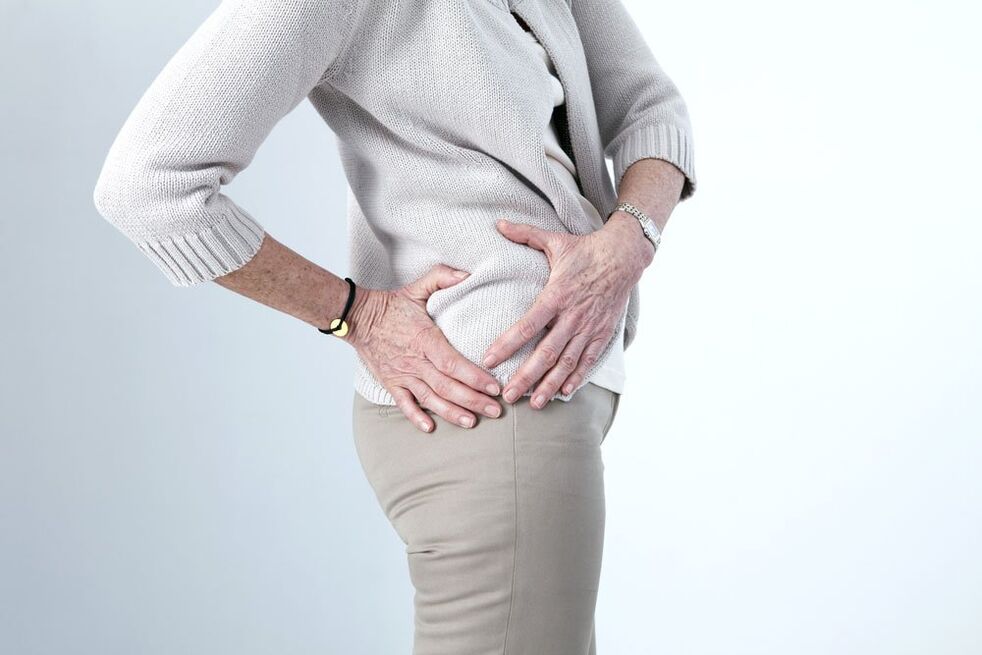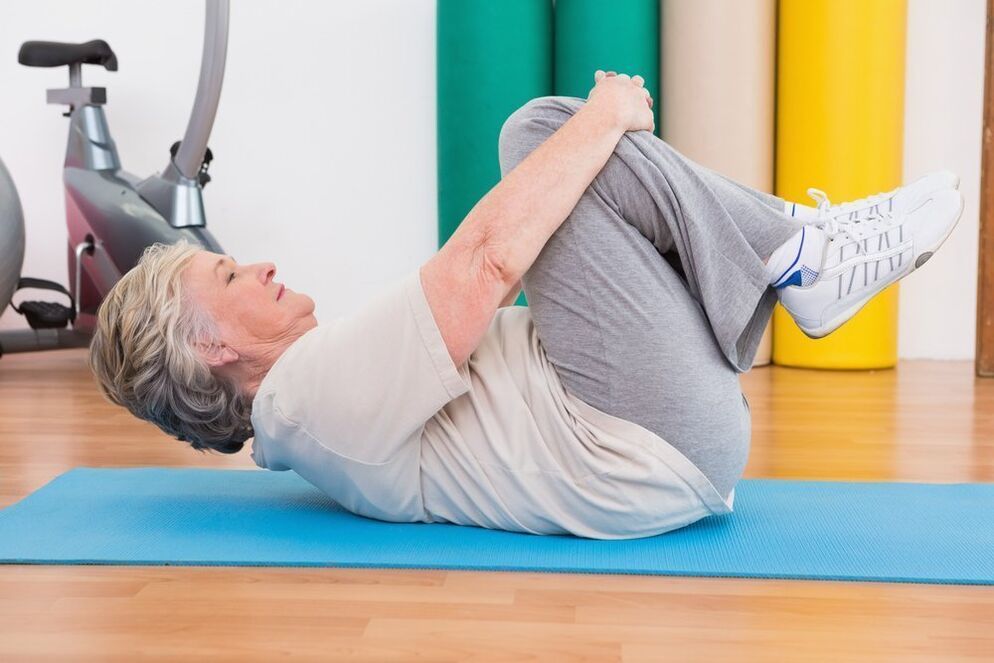
Throughout life, the joints of the legs are subjected to a lot of stress. The hip is a large spherical joint that provides independent mobility. The appearance of painful sensations, restricted movements, and limp gait make the patient immediately think of the presence of pathology.
In recent years, the number of people under the age of 30 diagnosed with joint disease has increased dramatically. This statistic is extremely disappointing, as the disease progresses steadily and can lead to severe disability and disability. To protect yourself from the development of side effects, you must immediately start treatment and follow all medical recommendations.
Osteoarthritis of the hip causes a lot of inconvenience to its owners. If there are symptoms of discomfort in the joint area, it is necessary to see a doctor to determine the diagnosis and prescribe effective treatment. Late treatment may cause the patient to lose the ability to walk independently.
What is joint disease?
Arthritis is a rheumatic disease, based on degenerative and dystrophic changes in the joints. At the same time, not only the joint surface but also the ligamentous apparatus and joint capsule are involved in the pathological process. Usually the joints of the hands, feet, and knees are affected, but the most serious disease is hip osteoarthritis. With its development, the risk of developing a complete disability increases due to severe limitation in movements.
The basis of articular cartilage is made up of collagen and proteoglycan molecules: it is they that give strength and elasticity to the joint, helping the joint to withstand a variety of loads. Under the influence of external factors, the amount of collagen and proteoglycan decreases, leading to the deterioration and gradual destruction of cartilage tissue. Arthritis develops under the influence of the following factors:
- mechanical trauma;
- inflammatory processes in the joints;
- excessive load on the lower extremities;
- fat;
- age-related changes in the body (in people over 55 years old);
- menopause (in women);
- malnutrition with a deficiency of protein and calcium products;
- genetic predisposition;
- movement on the joints.
What are the symptoms of hip osteoarthritis?

Joint disease develops gradually, so it is quite difficult to detect its early manifestations. Patients may ignore the symptoms of the disease, mistaking it for fatigue or overwork. Worsening discomfort may occur after trauma. Osteoarthritis is accompanied by the following symptoms:
- Pain in the affected limb. It is dull, aching in nature, continuously throughout the day. Discomfort increases with physical activity (exercise, running or walking), decreases with rest. When the hip is affected, the pain radiates to the groin, perineum, and thighs. Joints can also begin to "react" to changes in weather conditions or barometric pressure.
- Muscle atrophy changes. When walking, the patient subconsciously avoids the affected limb, resulting in less stress on the muscles in the buttocks and thighs. This is accompanied by atrophy and a decrease in their volume. This is especially noticeable with unilateral arthropathy.
- A clicking sound occurs during joint movements. This sound is like the rustling of a plastic bag and gets louder after a long period of inactivity (night sleep). In medicine, this term is called "crepitus". The appearance of a crunch is associated with a violation of joint mobility.
- Enlargement of affected joint volume. This happens due to the formation on the bone surface of the smallest spines - the bone-forming substance. Such a reaction occurs as a compensatory response to the increase in the load on the surface of the bone (with thinning of the cartilage).
Medical treatment of joint disease
It is currently not possible to completely prevent the destruction of cartilage tissue. Therefore, the treatment of joint disease with the support of drugs is aimed at reducing pain and slowing the progression of the disease. Usually, the following groups of drugs are used in therapy:
- Non-narcotic analgesics and mixed analgesics. They provide pain relief and are available in tablet or syringe form for intravenous administration.
- Nonsteroidal anti-inflammatory drugs in the form of topical ointments or creams are also used to control pain. They are also prescribed if the arthritis is accompanied by inflammation of the synovial membrane of the joint.
- Chondroprotectors are drugs that slow the progression of the disease and improve joint function.
Exercise therapy and physical therapy methods

Non-drug agents are also widely used in the fight against this disease. Doctors prescribe exercise therapy to patients to strengthen muscles and prevent the development of joint immobility. The nature of the exercises and the frequency with which they are performed are determined individually for each case. Treatment for joint disease also includes physical therapy procedures such as:
- Irritation of subcutaneous nerves by electrical impulses;
- Acupuncture;
- magnetic therapy;
- electrophoresis with analgesics;
- laser therapy;
- Massage.
To reduce the load on the affected limb, the patient is also advised to use a cane or walker. It is helpful to wear a hip brace, a special device that helps restore function of the leg and avoid further damage to the joint.
Surgery
Medical therapy is indicated in cases where conservative treatments of the hip are not effective. The purpose of surgery is to eliminate the pain syndrome and restore motor function of the limb. The procedure is performed under general anesthesia in a specialized hospital, after which the patient will be rehabilitated for a long time. Prognosis of labor is most favorable in patients aged 40 to 75 years with a body weight up to 70 kg: the probability of endometriosis is reduced in them, which makes the treatment of arthropathy more effective. extremely effective. On average, restorations last about 10-12 years, but there have been successful use cases with minimal wear for 20-25 years.














































